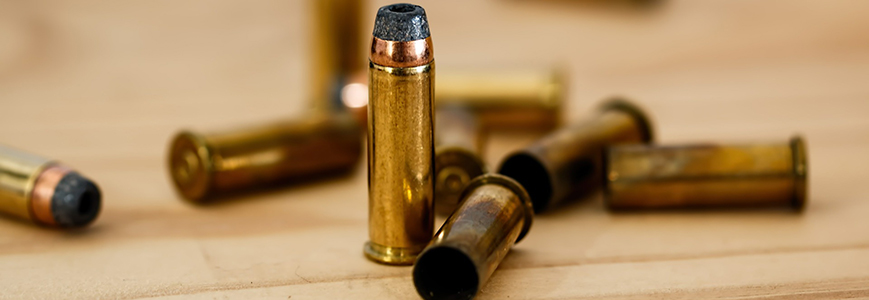CSI: NIST

Was that bullet really fired by that gun?
Imagine you’re on the jury of a murder trial, and a forensics expert is testifying. She tells the courtroom that the bullet from a victim’s body and another bullet fired from the suspect’s weapon are a match –meaning, in her opinion, the bullets were fired from the same gun.
But, you think to yourself, how good is that match?
No expert can ever be 100% certain. Some scientists would like to help those experts quantify their levels of confidence – using math.
The math can’t be done without data, however, and that data simply isn’t available. Most of it is tied up in a database that is off-limits to the public, since it contains sensitive information from real crimes.
To meet this need for freely accessible information about markings on bullets and bullet casings, NIST has launched a new tool called the NIST Ballistics Toolmark Research Database – the largest of its kind.

NIST started by asking forensics and law enforcement agencies to test-fire sample guns in their collections. Spent ammunition usually has distinctive markings, picked up as it is fired and exits the barrel. High-resolution, 3D images of the surfaces of the used bullets and casings were added to NIST’s database, along with information about the guns that fired them.
So far the database has more than 1,500 of these test fires – a relatively small number but one that will continue to grow. The FBI has agreed to contribute information from their own test fires, and NIST has invited other forensic labs with 3D microscopes to upload their work as well.
Meanwhile, independent researchers have already begun to use the data, for example to improve bullet-matching computer programs. As the collection grows over the years, NIST scientists hope to expand the types of ammunition and weapons included too.
Contacts
-
PML webmaster

